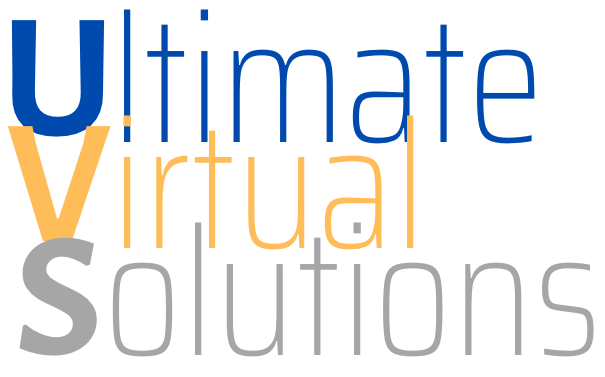In our last section, we looked at different types of PLR products and what these mean. We also said that in today's section we were going to cover another important area of using content created by someone else that can get you into legal "hot water".
Sourcing Media For Your Content
Unless you have the skills, tools and resources to create media for your content like images, videos, music, etc. yourself, you are probably going to need to source these externally.
An issue that is just as important, then -- if not more important as using PLR products without fully understanding what you can and can't do with the content, is using content like images on your site without first obtaining the appropriate rights and permissions.
Using images throughout your site can help grab your visitors' attention, generate traffic, convey your message more effectively, and make your site content stand out.
Images, however, can also present a challenge to you as a web site owner. Not only do you need to find plenty of suitable images that will work with your content, but using images without proper licensing and permissions can end up getting you into a lot of trouble.
Royalty-free images are useful, cost-effective tools for website owners. Royalty-free images are often not free, however, and their usage rights must be respected. Sites that maintain professional stock image and photography libraries are carefully managed by organizations that will not hesitate to take legal action against website owners who publish images on their site without obtaining the required image rights and permissions.
If you search through marketing forums, you will see that it is not uncommon to read stories about website owners who found an image they liked while browsing online, used it without permission from the owner on their website or blog, then one day, when they least expected, received a letter from a global media management company like Getty Images, demanding payment and legal costs in the thousands of dollars.
Here's a huge piece of advice ... don't use images without obtaining permission or rights of use! EVER. If you are unfortunate enough to receive a letter from a company like Getty Images threatening legal action, you will end up paying dearly for your transgression. Trust me, it happens, and it will happen to you if you ignore this friendly warning.
USING IMAGES - DIFFERENT USAGE RIGHTS
Some images are free to use, while others have certain restrictions and are rights-protected.
- "Public Domain" images are free to use in any way you like. For example, many images where their copyright has expired are automatically placed in the public domain.
- "Rights Protected" images (also known as "Rights Managed" images) are purchased or leased for a certain period of time, and for a specific project. These images are essentially rented from a photo agency or an individual photographer, with the price negotiated for a specific use. Typically, you will have exclusive rights to the image during the negotiated time period for a fee, so competitors won't be able to use the same image in their campaigns. Rights protected images are traditionally used by larger businesses to purchase photography, as the cost to license these can be prohibitive to most website owners and web designers.
- "Royalty-free" images are typically purchased for a one-time fee, after which you can use the image in almost any way you like without having to pay ongoing royalties, and the image can be used in multiple projects. Unlike Rights Protected images, however, royalty-free images are not exclusive, meaning that others can also purchase the right to use the same image on their websites.
Knowing the difference between image rights is important, especially when outsourcing the creation of content for your website or blog through an outsourcing service, as some agencies may also outsource areas of your project themselves to others. You need to make absolutely sure, therefore, that no one along the content production process has used an image without permission, as this could expose you to significant legal risk.
IN SUMMARY
Images are an important part of publishing great web content, but they can also get you in trouble if you use images without the proper rights and permissions.
ACTION STEP
Before using images on your site, make sure that you understand the different types of image rights. If you have already published any images on your website or blog review these and replace or make a note of any images that may have come from an unknown or questionable source.
Discover more from Ultimate Virtual Solutions
Subscribe to get the latest posts sent to your email.

